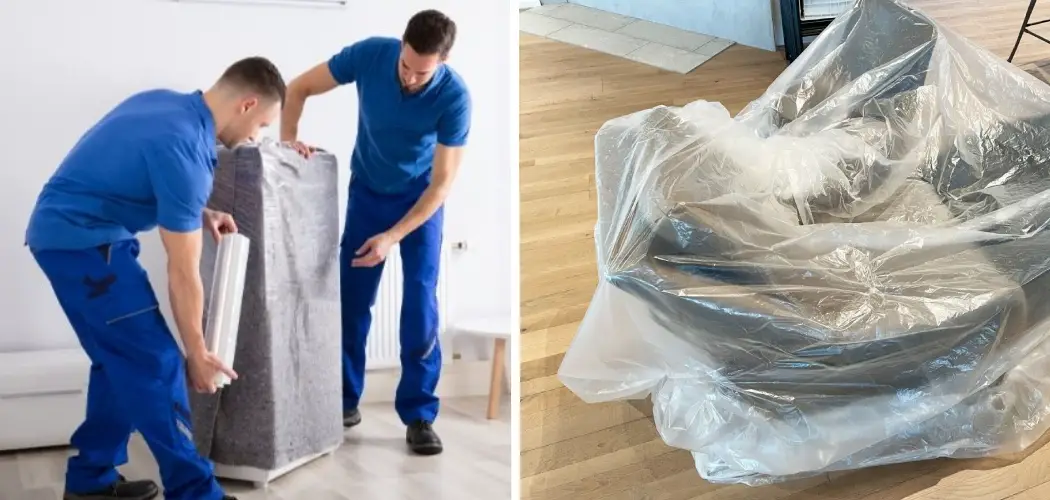When you’re not using your wood furniture, it’s important to take the necessary precautions to protect it from damage. Leaving furniture in storage can be a great way to keep it out of the way and free up some extra space, but if it isn’t properly protected, that space can quickly become cluttered with nicks, scratches, and other damage. In this post, we’ll show you how to protect wood furniture in storage. We’ll also discuss some tips for cleaning and maintaining your furniture once it’s in storage. Thanks for reading!
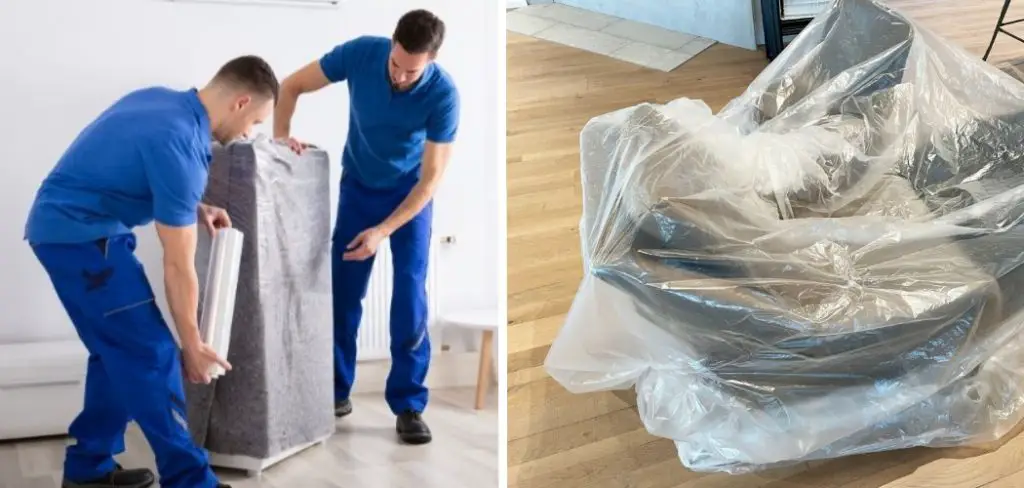
Why Is It Important to Protect the Furniture in Storage?
When you’re not using your wood furniture, it’s important to take the necessary precautions to protect it from damage. Leaving furniture in storage can be a great way to keep it out of the way and free up some extra space, but if it isn’t properly protected, that space can quickly become cluttered with nicks, scratches, and other damage.
How to Protect the Furniture in Storage?
There are a few different ways you can protect your wood furniture during storage. One option is to use furniture covers. These covers are designed to fit over your furniture and protect it from dust, dirt, and other debris. Another option is to use padded blankets or towels to wrap your furniture. This will help protect it from scratches and other damage that can occur during storage. Finally, you can place your furniture in storage containers that are designed to protect furniture. These containers will keep your furniture safe from dust, moisture, and other damaging elements.
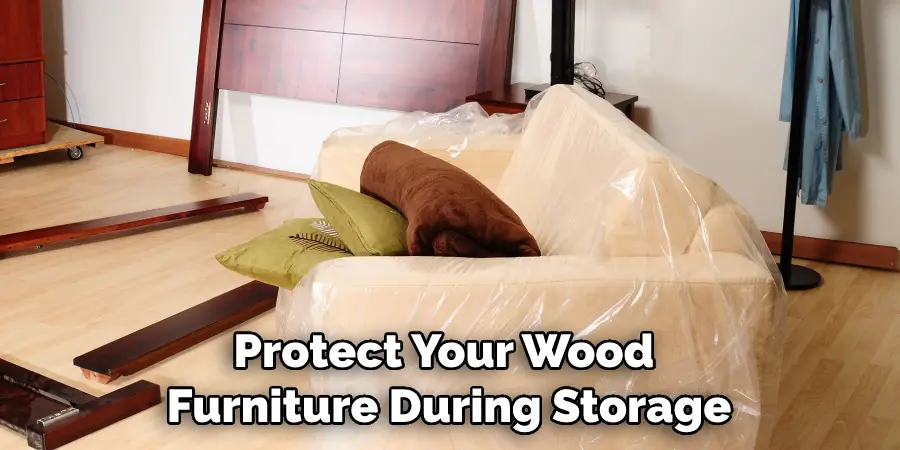
10 Steps on How to Protect Wood Furniture in Storage
1. Choose the Right Storage Unit.
When you are looking for a storage unit to protect your wood furniture, it is important to choose one that is clean, dry, and temperature-controlled. These units will help to protect your furniture from pests, moisture, and extreme temperatures that could damage the wood.
2. Inspect Your Furniture for Damage.
Before you put your furniture into storage, it is important to inspect it for any damage that could be exacerbated by the storage environment. Look for cracks, scratches, or water damage that could become worse in a storage unit. Try to repair any damage before you put your furniture into storage.
3. Clean Your Furniture before Storing It.
It is important to clean your furniture before you put it into storage so that dirt and dust does not accumulate on the surface of the wood. Use a mild cleaner and a soft cloth to wipe down all of the surfaces of your furniture. If you have upholstered furniture, be sure to vacuum it as well.
4. Polish Wood Furniture before Storing It.
If you have wood furniture that is polished, it is important to polish it again before you put it into storage. This will help to create a barrier against moisture and dirt. If you have unpolished wood furniture, you can skip this step. Make sure you are using a food-safe polish if you plan on polishing your wood furniture before you put it into storage.
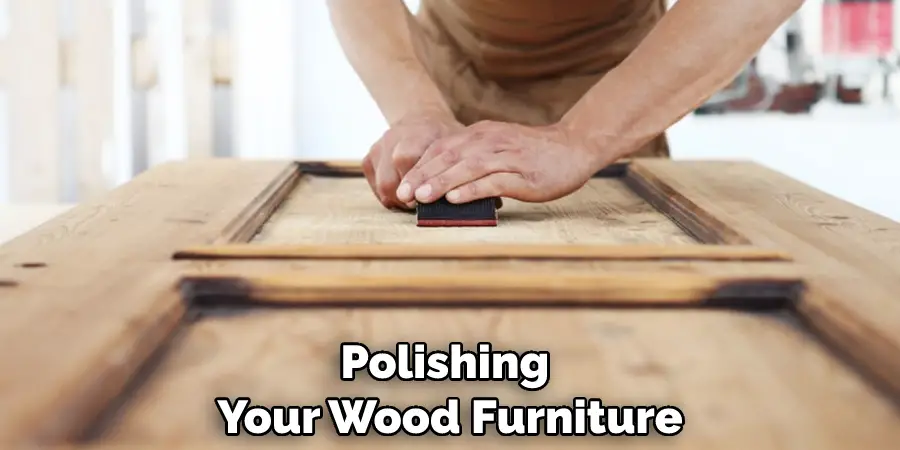
5. Cover Upholstered Furniture before Storing It.
Upholstered furniture should be covered with a sheet or blanket before being stored so that dirt and dust do not accumulate on the fabric. You may also want to consider using an upholstery protector spray to help keep the fabric clean while in storage.
6. Place Pads under Heavy Furniture Items.
If you have heavy furniture items, such as tables or dressers, it is important to place pads under them before putting them into storage. This will help to prevent scratches or other damage to the surface of the wood caused by shifting during transport or while in storage.
7. Use Pallets when Storing Wood Furniture off the Ground.
If you are going to be storing your wood furniture off the ground, it is important to use pallets so that air can circulate underneath the pieces and prevent moisture damage. Make sure the pallets are clean and dry before using them.
8. Wrap Fragile Items in Bubble Wrap.
Any fragile items, such as lamps or vases, should be wrapped in bubble wrap before being stored so that they are less likely to break during transport or while in storage. Although it may take some extra time to wrap these items, it will be worth it, in the end, to prevent them from being damaged.
9. Label All of the Boxes and Furniture Items.
It is important to label all of your boxes and furniture items so that you know what is in each one when you are ready to retrieve them from storage. This will save you time and hassle when it comes time to move everything back into your home. If possible, take pictures of each item and label them accordingly.
10. Hire Professional Movers or a Storage Company.
If you are not experienced in moving furniture, it is best to hire professional movers or a storage company to help you with this task. They will have the experience and expertise to safely move and store your furniture so that it is protected from damage.

Things to Consider while Protecting Wood Furniture in Storage
- Before storing your wood furniture, clean it thoroughly with a vacuum and damp cloth. If the piece is particularly dirty or dusty, you may need to use a mild cleanser or furniture polish.
- Wrap each piece of furniture in a soft cloth or bubble wrap, taking care to cover all sides and edges. This will help protect the finish and prevent scratches.
- Place your wrapped furniture on a sturdy surface in the storage unit, such as a pallet or sheet of plywood. This will keep it off the ground and away from moisture.
- Consider using mothballs or other pest repellents inside the storage unit to keep insects away from your stored furniture.
- Check on your stored furniture periodically to make sure it is clean and dry and that there are no signs of pests.
- Inspect each piece for signs of insect damage or other problems. Make sure to address any issues promptly to prevent further damage.
- If you are storing wood furniture long-term, consider using a dehumidifier in the storage unit to help keep the air dry and prevent damage from moisture. If you live in a particularly humid climate, this is especially important.
- Be sure to label each piece of furniture clearly so that you know what it is and where it goes when you are ready to retrieve it from storage. This will save you time and frustration later on.
- Repair any damage before putting the furniture into storage. Make sure that any broken or missing pieces are fixed before you store the furniture, as this can cause further damage.
- If you are storing the furniture for an extended period of time, consider using mothballs or cedar chips to help keep insects away.
- Wrap each piece of furniture in a clean, soft cloth before placing it into storage. If you are using bubble wrap, be sure to wrap it tightly so that there are no gaps.
- Place the wrapped furniture on a pallet or other raised surface to keep it off the ground and away from moisture. Although raised, the surface should be level so that the furniture does not tip over.
- Pack any storage bins or boxes tightly so that there is no movement while in transit or in storage. This will help prevent damage to your furniture.
- Cover the entire storage area with a heavy tarp to protect it from dust and pests. Keep in mind that this will need to be removed periodically for inspection.
- Check on the furniture periodically to make sure it is staying in good condition. Be sure to address any issues promptly to prevent further damage.
Is It Ok to Wrap Wood Furniture in Plastic for Storage?
You may have heard that wrapping wood furniture in plastic for storage is a bad idea, and there is some truth to this.
When wrapping wood furniture in plastic for storage, it’s important to make sure that the plastic is not too tight. If the plastic is too tight, it could cause the wood to warp. In addition, you’ll want to avoid trapping moisture inside the plastic wrap, as this could lead to mold or mildew growth.
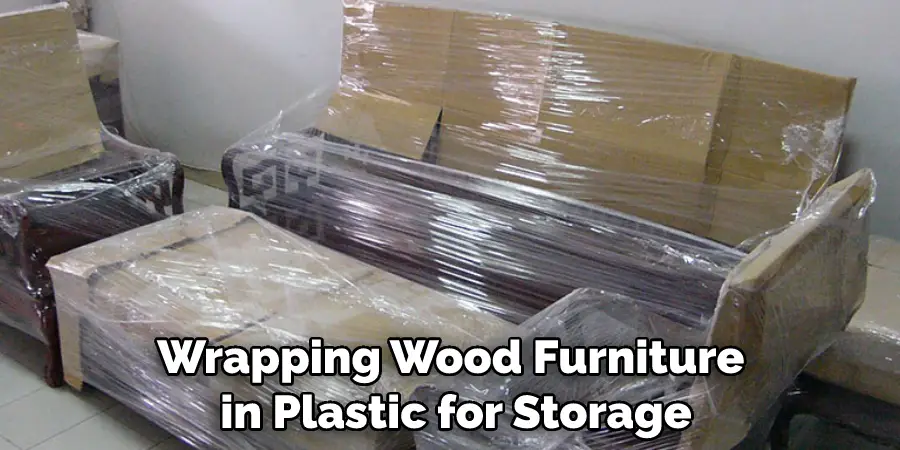
If you do decide to wrap your wood furniture in plastic for storage, be sure to use a breathable type of plastic such as bubble wrap. This will help prevent moisture buildup and will also allow the piece to “breathe” while in storage. You’ll also want to make sure that the plastic is not too tight so that the wood does not warp. Inspect your furniture periodically while in storage to ensure that it stays in good condition.
If you are unsure about wrapping your wood furniture in plastic, you may want to consider using a different method, such as wrapping it in a clean, soft cloth. This will help protect it from dust and pests while in storage. You may also want to consider using mothballs or cedar chips to help keep insects away. Be sure to inspect your furniture periodically while in storage to ensure that it is staying in good condition.
Conclusion
If you follow these simple tips, your wood furniture will be well protected while in storage. Don’t forget to label each box with the name of the piece of furniture and its contents. This will make it easier to find what you’re looking for when you’re ready to move your things back into your home.
Thanks for reading our blog post on how to protect wood furniture in storage! We hope you found it helpful and informative. Happy cleaning!
You Can Check It Out to Keep Pressure Treated Wood From Warping

